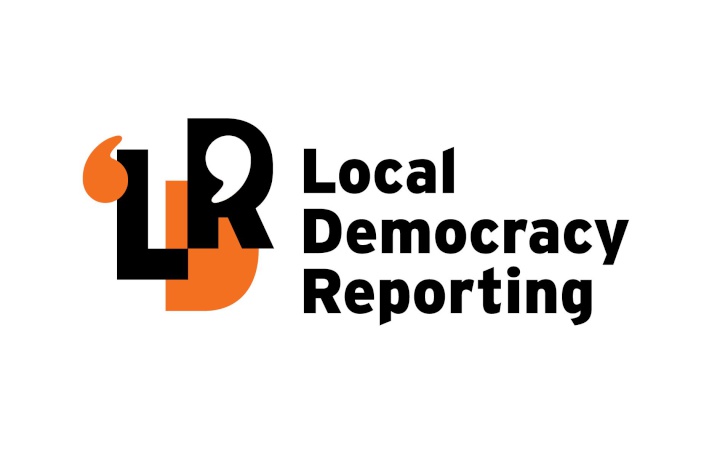A coffee bar overlooking the Whanganui River has been named for a notorious rapid to preserve river history at risk of being forgotten, one of its founders says.
Ngāporo Coffee Bar is a collaboration between specialty coffee guru Paul Harris and Whanganui’s Riverboat Centre and Museum.
The coffee bar has been named after one of the Whanganui River's more than 200 rapids to acknowledge a riverboat tragedy that took the lives of three crew nearly 85 years ago.
The Ngāporo rapid, about 9km north of Pipiriki, claimed the lives of deck hands George Ropata and Kawa Te Hore and engineer Bob Grey when the M.V. Ohura capsized on 6 May 1940.
One of Hatrick's historic 12-strong fleet of Whanganui riverboats, the M.V. Ohura worked the river between Pipiriki and the once-booming settlement of Tangarākau, carrying provisions to settlers and Māori living along the river.
She capsized descending the hazardous rapid when a cargo of 44 cattle and 170 lambs moved to one side of the vessel.
Harris says memorialising the tragedy in the name of the riverside coffee bar was an effort to protect the memory of those lost, the vessel and the history of a forgotten world and time.
Many formerly bustling river settlements were now ghost towns with fascinating stories, he says.
“I look at the awa and think 100 years ago we had so many riverboats here. That history’s getting forgotten.
“There’s so much that doesn’t get told. Like that area of the country, it’s a little bit forgotten, a little bit mysterious.”
The Riverboat Centre and Museum is the base for the historic paddle-steamer Waimarie. It displays photography and artefacts about the riverboat era and the operations of riverboat company Hatrick & Co in the first half of the 20th century.
Harris, who runs a riverbank coffee cart during the week, says bringing alive some of that history has become “a bit of a side project”.
“I’ve become quite passionate about sharing the stories of the past.
“The more I’ve dug into the history, the more stories I’ve discovered that aren’t being told.
“I want to shed more light on those things that are being forgotten.”
Harris’s coffee brand Derelict is named for now-neglected settlements along the Forgotten World Highway. His flagship blends are named after once-bustling places like Matiere and Mangaparo (soon to change to Mangaroa, the original name for the township of Ohura).
He has also crafted a special blend for Ngāporo Coffee Bar, called Circa 1900, to mark 125 years since the launch of the coal-fired Waimarie.
Riverboat Centre manager Jen Britton says the blend has “a heritage component”.
“The coffee is a bit punchy and apparently that’s quite a classic, heritage component. It has an early 1900s feel with a subtle smoky tinge. I think that’s nice because it reflects the firepower of the Waimarie.”
Ngāporo Coffee Bar opens at the waterside end of the Riverboat Centre on Saturday mornings for the riverside market and during special events like Vintage Weekend.
Harris is currently operating the bar but eventually the Riverboat Centre will take over and open four or five days a week, Britton says.
“It’s another way the museum can share a piece of our history.”
The Riverboat Centre and Museum receives non-financial business support and promotion from the council through its economic development agency's regional tourism function.
• The M.V. Ohura was built in 1897 and converted from a steamer to motor in 1925. She never re-entered service following the 1940 tragedy. Her remains are buried in the riverbank in the Bullock & Co yard near Whanganui’s Cobham Bridge.
LDR is local body journalism co-funded by RNZ and NZ On Air



 Royal Commission Covid-19 Lessons Learned: Public Submissions To The COVID-19 Inquiry Close On Sunday 27 April 2025 At Midnight
Royal Commission Covid-19 Lessons Learned: Public Submissions To The COVID-19 Inquiry Close On Sunday 27 April 2025 At Midnight Te Whatu Ora Health New Zealand: Low Risk To Public Health Following Fire At South Taranaki Hotel
Te Whatu Ora Health New Zealand: Low Risk To Public Health Following Fire At South Taranaki Hotel NZCTU: Govt Vocational Education Reforms Will Cause Massive Disruption
NZCTU: Govt Vocational Education Reforms Will Cause Massive Disruption NZ Liberation Museum - Te Arawhata: Anzac Day Commemorations In France To Remember All New Zealand Soldiers
NZ Liberation Museum - Te Arawhata: Anzac Day Commemorations In France To Remember All New Zealand Soldiers Royal Commission Covid-19 Lessons Learned: We Want To Hear From As Many People As Possible, Says COVID-19 Inquiry Chair
Royal Commission Covid-19 Lessons Learned: We Want To Hear From As Many People As Possible, Says COVID-19 Inquiry Chair My ECE: Parents Reject ECE Deregulation - 'Children’s Safety Is Not Optional'
My ECE: Parents Reject ECE Deregulation - 'Children’s Safety Is Not Optional'